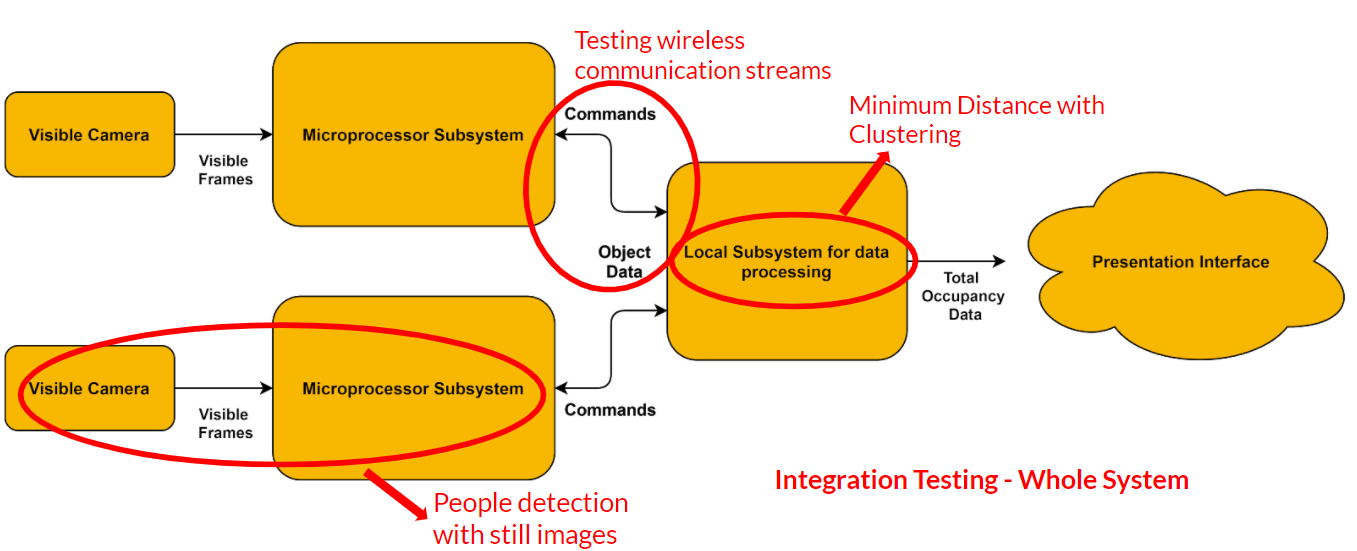
The above figure is our Gantt Chart, which was last modifies on 1/29/21. The tasks outlines in red correlate to the main tasks that need to be completed. These tasks are pertinent and must be completed in order for our project to have a successful finish. The green tasks relate to dates that we wish to update our website. We plan on updateing our website at least once a month throughout the rest of the duration of our project. The purple tasks relate to camera testing for our project. We gave ourselves approximately two weeks to test camera accuracy for each of these tasks.
Our team has made great progress on our Gantt Chart since we last updated our website. As of now, we have successfully accomplished and implemented the tasks outlined that were due before March. We are now in the testing phase of our project and hope to complete testing by the middle of March. The deadline "Stop All Work" represents where we plan to completely finish our project, which is by the end of March. With the past progress that we have made on our project and what remains to be completed, we believe that this deadline will be met.
Overall, our team made grest progress on the deilverables outlined in the Gantt Chart. Our team was successfully ahead of every deliverable and was ahead of schedule for most of the project. Since our team was ahead of schedule for most of the project, we had ample time and opportunity to fine-tune our project. This gave our team more leeway and freedom to fix the small issues within the project that our team would not have been able to address otherwise. In conclusion, our team was more then ready to face the many challenges and hurdles associated with this project, and the Gantt Chart above helped greatly with planning tasks that needed to be completed.

The Capstone team plans on conducting 4 total tests to assess the highest risk areas of the project. The first test will validate the people detection accuracy from the pre-trained neural network with a Unit Matrix Test. Then, the team will validate wireless communication via MQTT between camera devices and the server device by conducting a Unit Step by Step Test on the communication process. This involves identifying that the server is successful in publishing an update command to camera devices, and that the camera devices are successful in publishing their detection data back to the server. The third test will validate the accuracy of the server's density clustering algorithm to solve double counting issues for occupants in a camera overlap zone. A Unit Step by Step test will be conducted here as well, against marked locations at varying distances in the lab space. Finally, the team will conduct an integration test that verifies the full data stream operations of the system and ensures the people counting process can run repetitively and error-free.